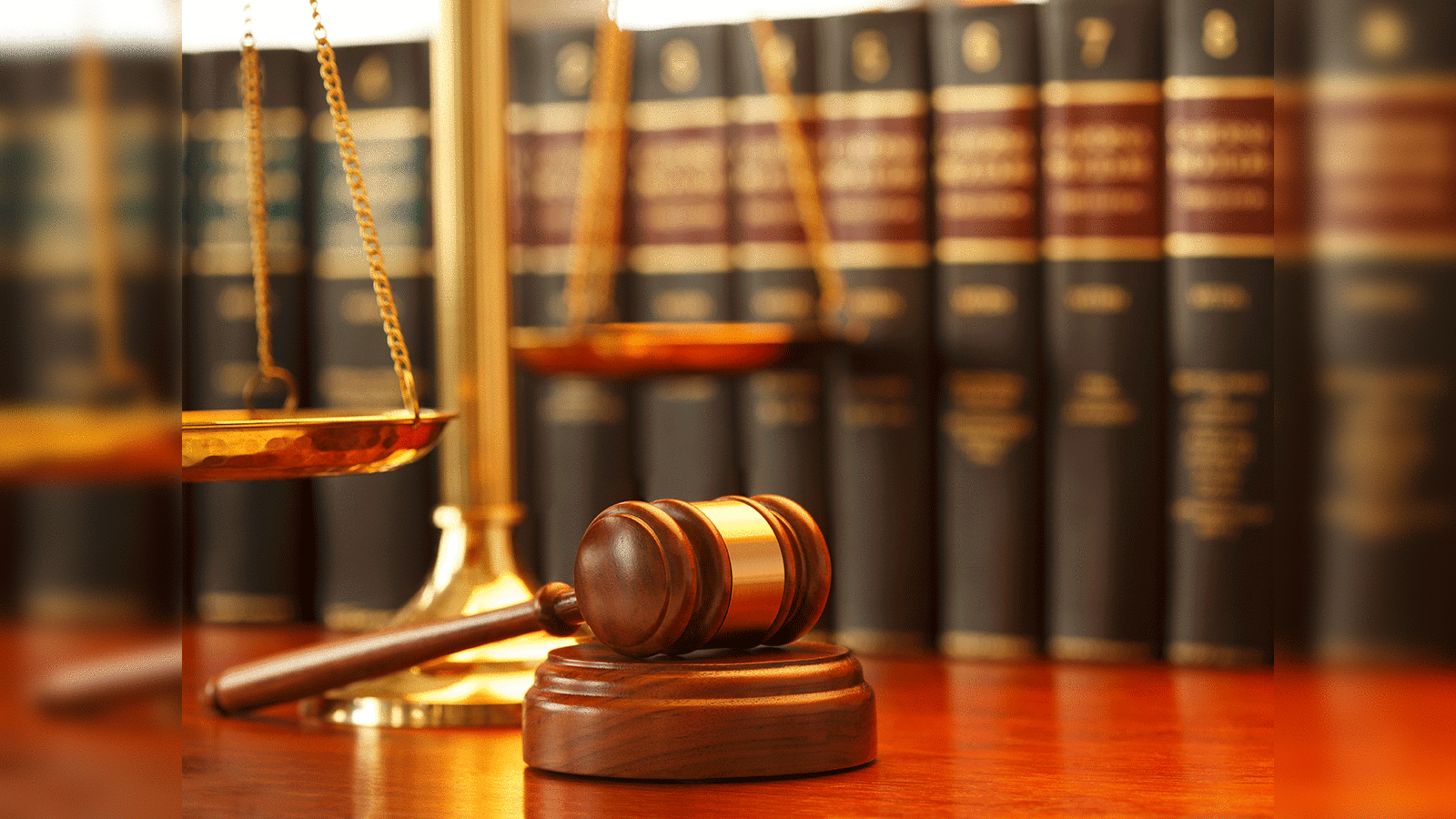Context
-
During her inaugural address at the Supreme Court’s Constitution Day celebration Hon’ble President of India called for an “all-India judicial service” to recruit judges, saying this will help make the judiciary diverse by increasing representation from marginalised social groups.
What is the All India Judicial Service?
- Article 312 of the Constitution provides for the establishment of an All-India Judicial Service (AIJS), along the lines of the central civil services.

Courtesy: The Economic Times - If the Rajya Sabha declares through a resolution, supported by at least two-thirds of its present and voting members, that it is necessary or expedient to create a service in “national interest,” the Parliament “may by law provide for the creation of one or more all India services (including an all India judicial service) common to the Union and the States” and regulate the recruitment and service conditions of persons appointed to any such service.
- However, Article 312 (2) states that the AIJS cannot include any post inferior to that of a district judge, as defined in Article 236.
- A district judge can include a city civil court judge, additional district judge, joint district judge, assistant district judge, chief judge of a small cause court, chief presidency magistrate, additional chief presidency magistrate, sessions judge, additional sessions judge, and assistant sessions judge.
- Essentially, the AIJS seeks to centralise the recruitment of judges at the level of additional district judges and district judges for all states.
- Just as the Union Public Service Commission (UPSC) conducts a central recruitment process and assigns successful candidates to cadres, the recruitment of judges of the lower judiciary is being proposed to be made central, following which they’ll be assigned to states.
How will this differ from the present system of selection?
- Articles 233 and 234 of the Constitution of India deal with the appointment of district judges and place it in the domain of the states.
- The selection process is conducted by the State Public Service Commissions and the concerned High Court, since HCs exercise jurisdiction over the subordinate judiciary in the state.
- Panels of HC judges interview candidates after the exam and select them for appointment.
- All judges of the lower judiciary up to the level of district judges are selected through the Provincial Civil Services (Judicial) exam. PCS (J) is commonly referred to as the judicial services exam.
Why has the AIJS been proposed?
- The idea of a centralised judicial service was first deliberated in the Law Commission’s 1958 ‘Report on Reforms on Judicial Administration’.
- It was to ensure an efficient subordinate judiciary to address structural issues such as varying pay and remuneration across states, filling vacancies faster, and ensuring standard training nationwide.
- A statutory or constitutional body such as the UPSC to conduct a standard, centralised exam to recruit and train judges was discussed.
- The idea was proposed again in the Law Commission Report of 1978, which discussed delays and arrears of cases in the lower courts.
- In 2006, the Parliamentary Standing Committee on Personnel, Public Grievances, Law, and Justice, in its 15th Report, supported the idea of a pan-Indian judicial service and also prepared a draft bill.
What did the SC rule?
- In 1992, the SC in ‘All India Judges’ Association (1) v. UOI’ directed the Centre to set up an AIJS.
- However, in a 1993 review of the judgement, the court left the Centre at liberty to take initiatives on the issue.
- In 2017, the Supreme Court took suo motu cognizance of the issue of appointment of district judges and mooted a “Central Selection Mechanism”.
- Senior advocate Arvind Datar, who was the amicus curiae in the matter, circulated a concept note to all states that recommended conducting a common examination instead of separate state exams.
- Based on the merit list, HCs would then hold interviews and appoint judges.
- Datar submitted that this would not change the constitutional framework or take away the powers of states or HCs.
Source: IE
Visit Abhiyan PEDIA (One of the Most Followed / Recommended) for UPSC Revisions: Click Here
IAS Abhiyan is now on Telegram: Click on the Below link to Join our Channels to stay Updated
IAS Abhiyan Official: Click Here to Join
For UPSC Mains Value Edition (Facts, Quotes, Best Practices, Case Studies): Click Here to Join
